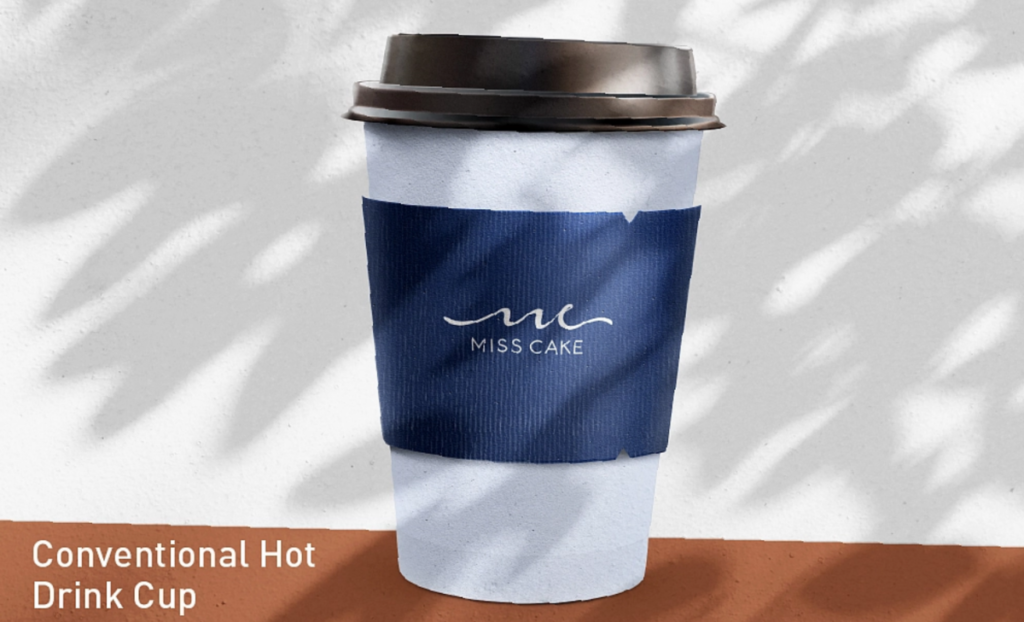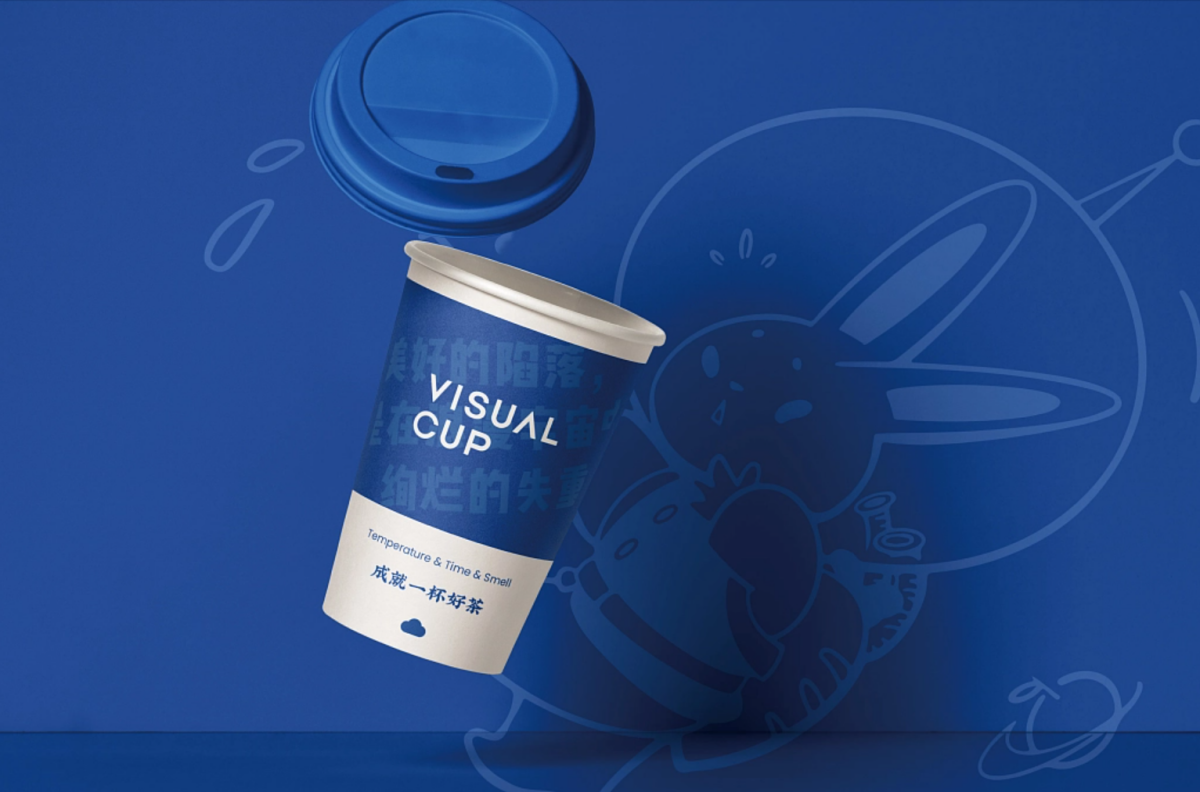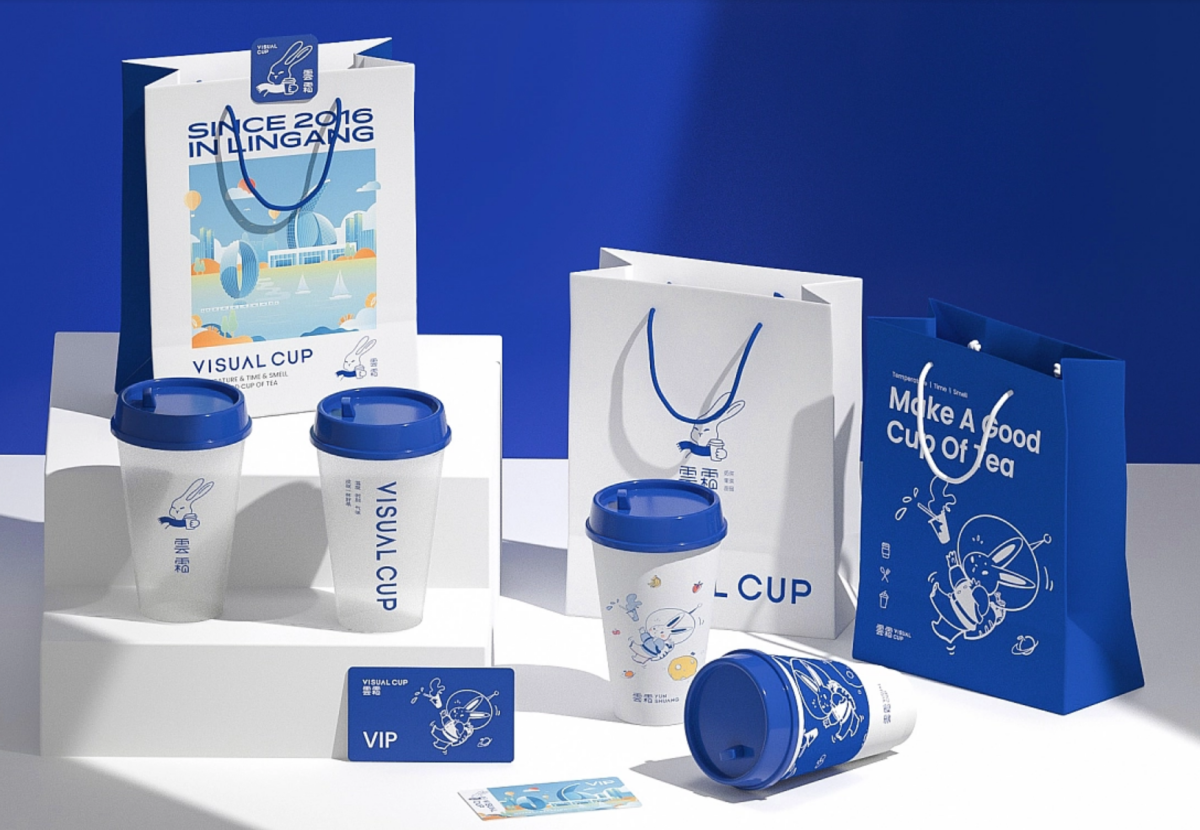Paper tableware is a tableware that can be used by people instead of metal and plastic, which is made by vacuum adsorption molding, drying, and deep processing of pulp by mold. Its production process can be roughly divided into the following parts:
1. Pulping process
In order to improve the strength and other properties of pulp tableware, the main raw materials and related auxiliary materials should be prepared first, and mixed with pulp with a certain degree of beating and a certain concentration to form pulp tableware raw material pulp.
The main raw material is typically bleached wood pulp, which can be purchased directly from specialized pulp and paper mills (produced by a series of processing of wood).
Usually, the products of relatively commercial grades need to use imported high-grade wood pulp; mid-grade products can choose domestic ordinary wood pulp, and low-grade products can choose bagasse pulp, straw pulp, bamboo pulp, reed pulp and selected white paper edge, etc. Short fiber pulp.
In order to achieve rational use of raw materials and reduce costs, different types of pulp can be matched according to different product requirements. Among them, the action of foam pulp and hydro-turbine beater makes the fiber split and saponify to improve the binding ability of its fibers;
The addition of relevant auxiliary materials is to improve the humidity resistance of pulp tableware molding and the waterproof performance of the finished product. Specific relevant auxiliary materials can be added to prepare the pulp. Finally, the concentration of the original pulp can be adjusted horizontally to about 2%, so that the original pulp can be placed on the mesh mold. Dehydration molding.
2. Molding process
Forming is to make the raw pulp into a certain shape of the semi-wet pulp tableware blank. That is to say, the pulp from the pulping process is dehydrated on the metal mold to form the prototype of the wet pulp tableware. This is the key process in the production of paper tableware. About 95% of the water in the pulp is removed during molding.
Therefore, this process plays a decisive role in product quality, energy consumption, production efficiency improvement and breakage rate.
The quality of molding depends on factors such as molding machine, molding method, mold structure and quality, and puree quality.
3. Molding and drying
The process of removing the water that is not removed from the pulp tableware prototype during the forming process to reduce the cost of drying and dehydration is called molding. Simultaneous molding can improve the bonding force between fibers and increase the strength of the wet paper mold.
Drying is to heat and evaporate the pulp tableware prototype with the help of the heat of the preheated upper and lower stereotyped pure copper molds to remove the remaining water after the pulp tableware prototype is molded, and at the same time, it plays a role in sterilization.
Due to the large thermal energy consumption in the drying process, the cost is about 300 times that of forming and dehydration. Therefore, the entire drying process should be reasonably designed to save costs. It has become the main way for pulp tableware enterprises to improve their economic benefits.
4. Shaping and trimming
In this process, hot molds are used for compression molding, calendering, and eliminating the net marks left by the paper web forming, so that the inner and outer surfaces are smooth and smooth, and some characters and patterns can be pressed according to different customers and usage requirements.
At the same time, the burrs on the edge of the quick cutlery are cut off, and the indentation that facilitates the folding and opening of the box cover is pressed.
5. Advantages of pulp tableware
Pulp tableware is made of sugarcane bagasse, straw slag and other 100% non-wood plant fibers that grow in one year and processed into pulp, and food-grade waterproof and oil-proof additives are applied through high-tech scientific and technological processing, so that the pulp environmental protection tableware has the following characteristics:
1. High temperature cooking
2. Save resources and protect the environment
3. Revert to carbon dioxide and water, return to nature



